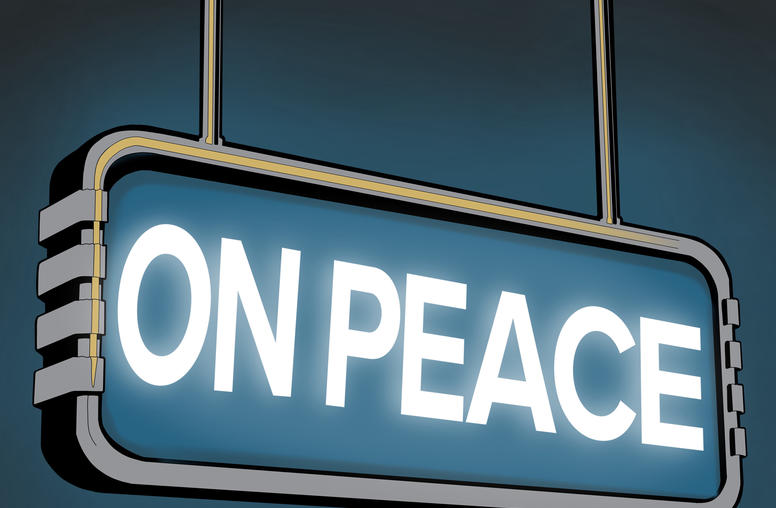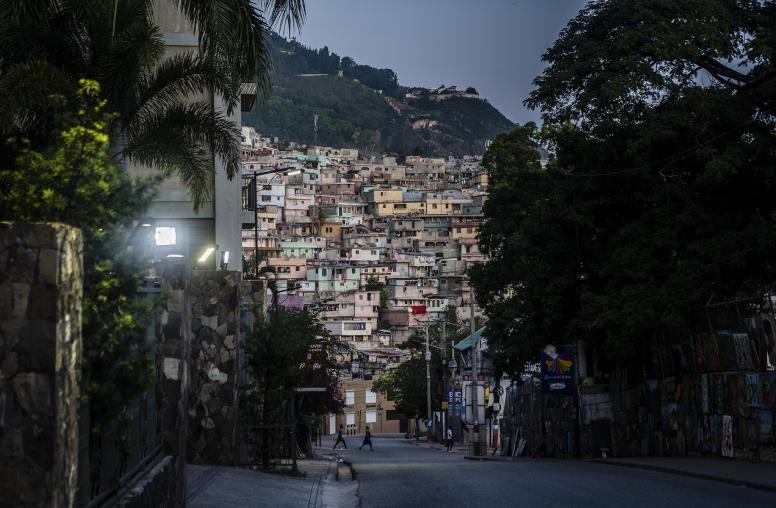
Colombia’s peace talks in Havana don’t directly involve representatives of civil society, but the Colombian government and the FARC anticipated limited roles for civic groups and the public since the negotiations began last November. In addition to the "official" venues for such input, there has been an upsurge of additional civil society initiatives that also seek to influence the peace process and may improve any potential agreement’s chances for success.
For Colombia, the formal channels were laid out in the "General Agreement for the End of the Conflict and the Construction of a Stable, Durable Peace," signed in Havana, Cuba, on August 26, 2012. The peace process is a response to "the clamor of the population for peace," notes the preamble to the agreement. Moreover, the parties proclaimed that "the building of peace is a matter for the entire society and requires the participation of everyone, without distinction."
The agreement anticipated three general vehicles for civil participation – receiving proposals electronically and in person; direct consultations, possibly through a third party; and consultations with experts.
A web page the two sides established jointly for direct public input gathered more than 3,000 proposals in its first hours, and has generated some 500 proposals on the land issue, the first item on the agreed peace agenda. The web page also allows the negotiators to inform the public of their activities and pronouncements, but this hasn’t been as effective as it might be because it’s not updated in a timely manner.
Secondly, the parties have made provisions to receive input via mayors’ and governors’ offices. Interior Minister Fernando Carrillo Flórez and Sergio Jaramillo, the High Commissioner for Peace, attended the meetings of the National Federation of Municipalities in Cartagena on April 17 to receive proposals from the 600 mayors gathered there. Recognizing that the mayors are key to the implementation of peace in the regions, a monthly working group will monitor the peace process.
The United Nations Development Program (UNDP) in Colombia and the National University’s Center for Reflection and Monitoring of the Peace Dialogues also have conducted consultations at the request of the parties. The first, held in Bogota in December, focused on agrarian development policy and gathered 1,300 academics and social organizations. Although the powerful ranchers’ association, FEDEGAN, refused to participate, the discussions initiated a national dialogue about a critical theme for Colombia’s future. In January, the parties received the synthesized conclusions, and subsequently requested that the organizers convene a second forum, this time on the topic of political participation. In late April, more than 1,400 people--including representatives of peasant, indigenous, women, and Afro-descent organizations; political parties and movements; universities; think-tanks; media organizations; and members of the LGTBI community--participated in the second forum. Its 20 working groups met over the three days and produced some 400 new proposals.
Beyond such formally defined mechanisms, the Congressional Peace Commissions (with the support of the UNDP) organized consultations in October and November with citizens in nine regions of Colombia on agrarian development, political participation, and illicit crop cultivation. The commissions are preparing to convene new consultations on issues related to victims, another item on the peace agenda in Havana.
President Juan Manuel Santos's backing for the April 9 marches for peace suggests that he recognizes that public support will be critical to the success of the process. For now, public sentiment favors the peace process, but nothing can be taken for granted. Former President Alvaro Uribe continues to stir opposition to the talks via his Twitter account, and death threats against those who organized the National Peace Congress have been reported. Santos has intensified military operations against the FARC while the talks proceed, so violence in some regions is on the rise. A civil society movement for peace is the best bet to keep the parties at the table, and will be critical ensuring that any agreements reached will be carried out.
Virginia “Ginny” Bouvier is senior program officer for Latin America in USIP’s Center of Innovation. Follow her personal blog, “Colombia Calls,” at vbouvier.wordpress.com.


